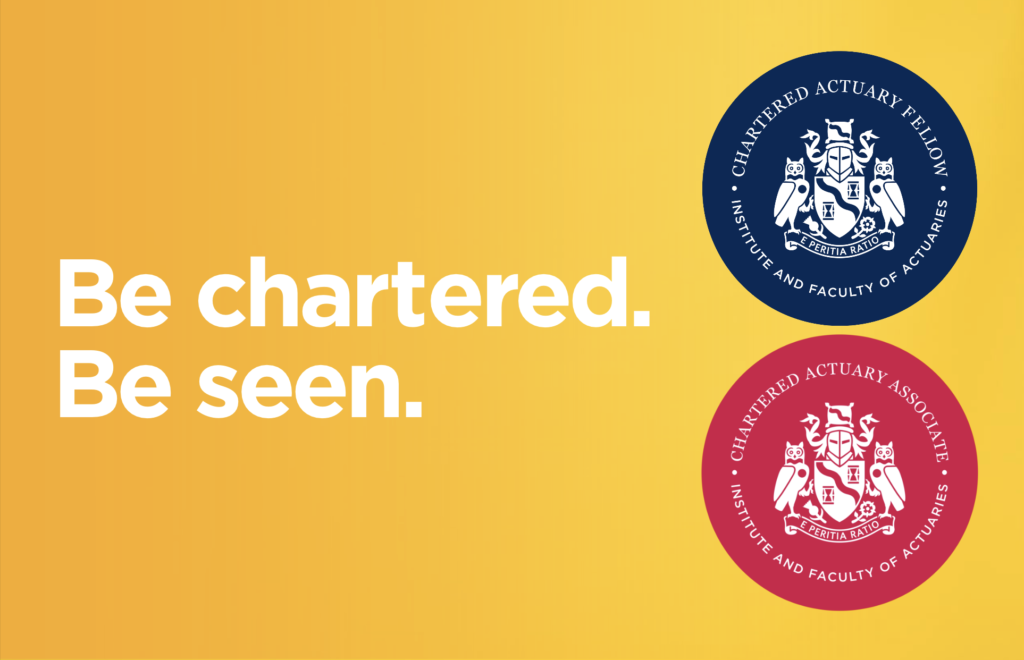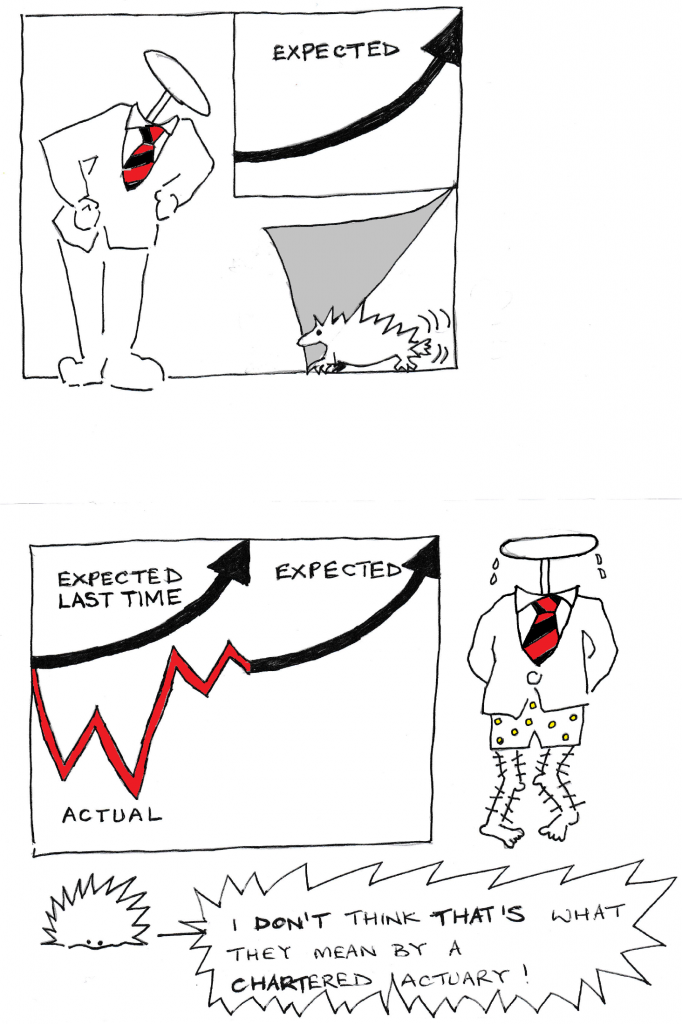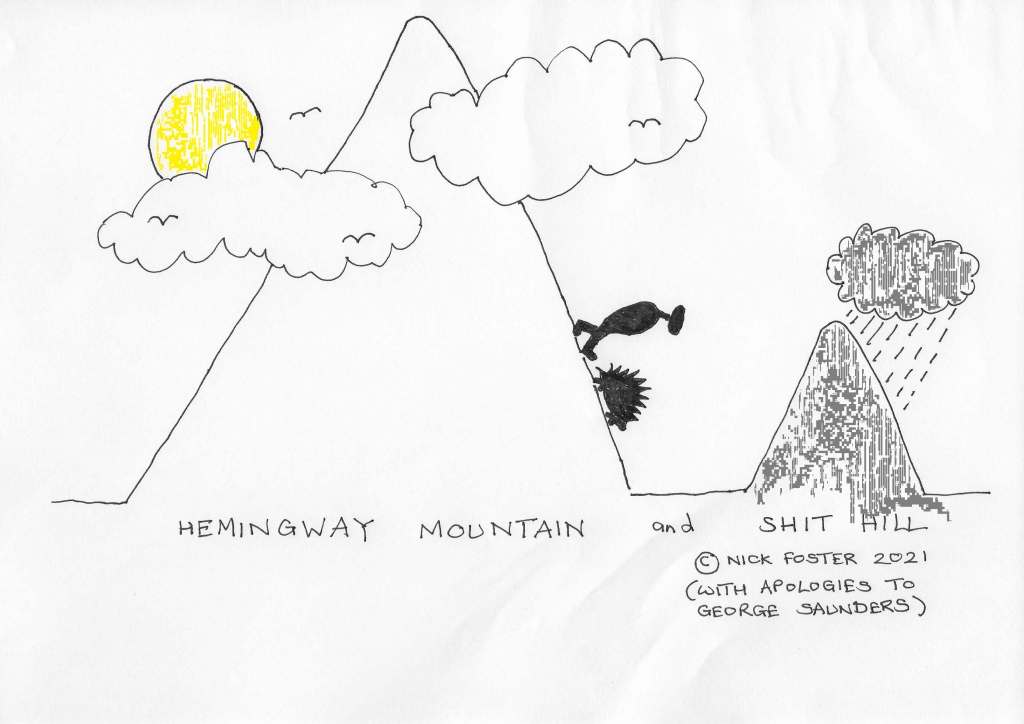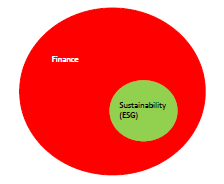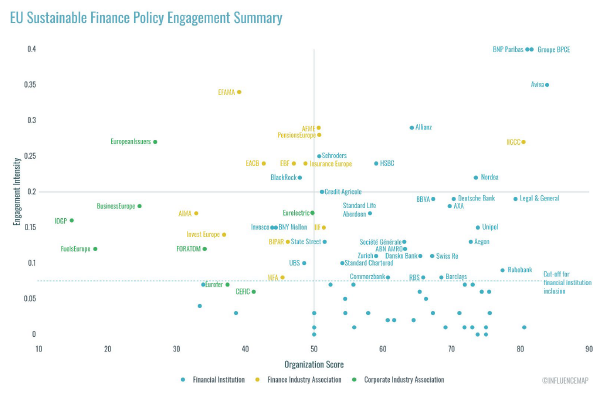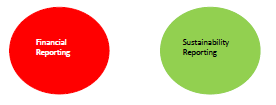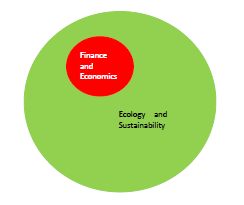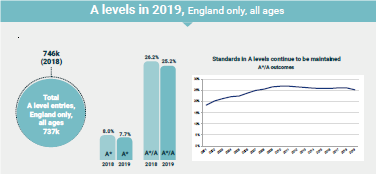
Last week I read The Million Pound Bank Note by Mark Twain and Brewster’s Millions by George Barr McCutcheon, from 1893 and 1902 respectively. Both have been made into films several times: the Mark Twain short story was first made into a silent movie by the great Alexander Korda in 1916, although the best known adaptations were the one starring Gregory Peck in 1954 and Trading Places (starring Eddie Murphy) in 1983 (which included elements of both The Million Pound Bank Note and Mark Twain’s novel The Prince and the Pauper); Cecil B DeMille was the first to attempt a film adaptation of Brewster’s Millions (from the earlier play) in 1914, with the best known adaptation being Walter Hill’s 1985 movie starring Richard Pryor (movie poster shown above).
Both stories were written before the First World War and it is interesting to see when each has been revived with new adaptations. In particular, although an early attempt was made to film Twain’s story, noone attempted it again until after the second world war, whereas there was a new adaptation of Brewster during the very interesting period between 1920 and 1922 when the first international financial conferences were being held in Brussels and Genoa to establish an international consensus for policies where “individuals had to work harder, consume less, expect less from the government as a social actor, and renounce any form of labour action that would impede the flow of production.” The aim was to return to a pre World War I economic orthodoxy and therefore remove what would be very painful economic measures for most people from the political sphere and into the sphere of “economic science”. In other words, it was a time when the political elite were trying to change the rules of the game.
This may be because Twain’s story, about a man who is given a million pound note and is feted by everyone he meets as a consequence and never has to spend it, winning a bet between the two men who gave him it as a consequence, was seen as a rather slight tale. Interestingly an American TV adaptation and the Gregory Peck film a few years later came out around the time when the Bank of England actually first issued such notes (called Giants) in 1948, which also relied on the power of people knowing they were there rather than ever having to use them.
The rules of the game certainly vary considerably across the Brewster adaptations: DeMille in 1914 was very respectful of the original but by 1921 the $7 million dollars had shrunk to $4 million. By 1926 in Miss Brewster’s Millions, Polly Brewster must spend $1 million dollars in 30 days to inherit $5 million. This was the point where Twenty20 fortune dissipation appears to have supplanted the Test Match variety. In 1935 a British version had Brewster needing to spend £500,000 in 6 months to inherit £6 million. In 1945 Brewster must spend $1 million dollars within 60 days to inherit $7 million. By 1954 the first Telugu adaptation has him spending ₹1 lakh in 30 days which, by 1985, has inflated to ₹25 lakh.
Later in 1985, the Richard Pryor film requires Brewster to spend $30 million within 30 days to inherit $300 million, with the tweak that he is given the option to take $1 million upfront, which for the sake of the movie he doesn’t. There have since been five further adaptations reflecting the globalisation of the ideas in the story (three from India, one from Brazil and one from China) before the sequel to the Richard Pryor film last year.
What is striking about both stories is how, although supposedly about financial transactions, albeit of a rather unusual kind, they are in fact all about how people behave around the display of money. In Twain’s tale, Henry Adams is transformed from being perceived as a beggar to being assumed to be an eccentric millionaire as a result of producing the note.
In the Brewster story, Monty Brewster has to spend the million dollars he has been left by his grandfather within a year so that he has no assets left in order to claim the seven million dollars left to him by an uncle on this condition. The original story explains the strange condition (something the Richard Pryor film doesn’t do as far as I can recall) as being due to his uncle hating his grandfather so much (due to his grandfather’s refusal to accept his uncle’s sister’s marriage). The uncle therefore wanted “to preclude any possible chance of the mingling of his fortune with the smallest portion of Edwin P Brewster’s”.
The problem for Monty is that he is not allowed to tell anyone of the condition, and therefore it is the difficulties the behaviour he then has to adopt causes him with New York high society that is the subject of the story. There are dinners and cruises and carnivals and holiday homes all bankrolled by Brewster for himself and whoever will journey with him, during which he falls in love and then out of love with one woman and then falls in love with the woman he had grown up alongside. Things normally regarded as good luck, like winning a bet or making a profitable investment, become bad luck for Monty.
By the end of the year, and very close to spending the whole million with nothing to show for it, he returns from a transatlantic cruise where he had been kidnapped by his friends at one stage to prevent him sailing to South Africa, to find himself spurned by the very society he had tried so hard to cultivate:
With the condemnation of his friends ringing in his troubled brain, with the sneers of acquaintances to distress his pride, with the jibes of the comic papers to torture him remorselessly, Brewster was fast becoming the most miserable man in New York. Friends of former days gave him the cut direct, clubmen ignored him or scorned him openly, women chilled him with the iciness of unspoken reproof, and all the world was hung with shadows. The doggedness of despair kept him up, but the strain that pulled down on him was so relentless that the struggle was losing its equality. He had not expected such a home-coming.
After a bit of a scare that the mysterious telegram correspondent Swearengen Jones, who held the 7 million and was assessing his performance, had disappeared, everything comes right for Monty in the end and he marries Peggy who had agreed to do so even when she thought him penniless.
And we are left to assume that everything in the previous paragraph is reversed in the same way as in The Million Pound Bank Note on being able to display wealth once more.
There is a lot of plot in the Brewster story in particular, a lot of which does not amount to much but keeps Monty Brewster feverishly busy throughout.
These two in many ways ridiculous stories, written as they are just as economics is trying to establish itself as a science and ultimately the discipline that shapes our current societies, I think reveal quite a lot about the nature of money amongst people who have a lot of it. Neither Henry nor Monty (apart from an opening twenty four hours for Henry and a scene revolving around a pear in the gutter after a night sleeping rough) experience hunger or the absence of anywhere to sleep at any point. Their concern for money seems to be entirely about social position, the respect of who they regard as their peers and being able to marry the women they have set their hearts on. In other words, money is not about money for these protagonists, it is about status.
It seems to me that almost the entire edifice that we call economics now has possibly been constructed by people in this position. Is this why money creation is represented in so many economic models via constructions clearly at odds with the actual activities of banks (one of many pieces by Steve Keen demonstrating this problem here), and why ideas such as loanable funds and the money multiplier, persist in economics education? Perhaps the original architects of these economic theories did not need money to live, as much as they needed the respect of who they saw as their peers.
David Graeber often used to point out how much more time people at the bottom of society spent thinking about people at the top than the people at the top spent thinking about them. Is this at the heart of the problem?
Of course we do still have some social mobility. A relatively small number of people from poor backgrounds can still enter influential professions. Some of them have even become economists! Of course the very process of becoming a professional is designed to distance you from your origins: years of immersion in a very academic discipline, requiring total concentration and dedication to internalising enough of the professional “truths” learnt so as to be assessed as qualified to practise, normally while engaged in highly intensive work alongside more senior people for who these truths have already been securely internalised.
And then once there you are in the Monty Brewster situation, so insecure about your position within this new society you have joined that you will do whatever it takes to maintain it. You are “upwardly mobile”. Your families are proud that you are “getting on” and doing better, certainly in terms of income and professional respect, than they did. There is no serious challenge to this path other than its difficulty, which again creates a massive sunk cost in your mind when considering alternatives. And it is a path which is invariably described as upward.
Meanwhile the societies we have constructed around these economic edifices also have a lot of plot, a lot of which does not amount to very much but it keeps us all feverishly busy most of the time.


